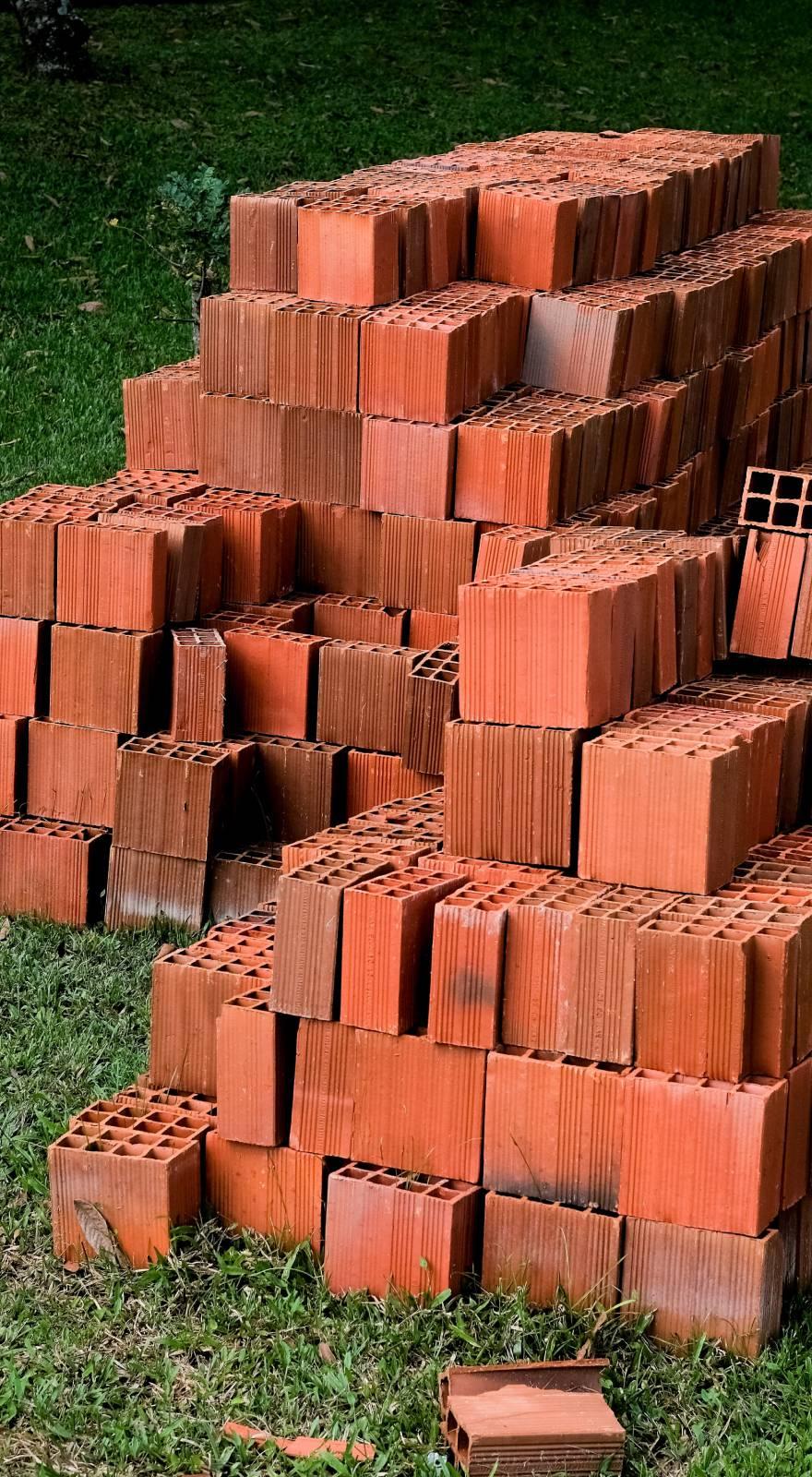Knowde Enhanced TDS
Identification & Functionality
- Chemical Family
- Polymer Name
- Reinforcement Material
- Composite Materials Functions
- Technologies
- Product Families
Features & Benefits
- Materials Features
- Advantages
- Easy and fast installation
- Minimal disruption to operations
- Superior strength and toughness
- Chemical resistant
Applications & Uses
- Applications
- Composites End Use
- Installation With V2 Biscuit Bond Paste
- Make a cut .25” wide by 18” long at a 90°angle across the seam. The depth of the cut should be ½” from the bottom of the flange of the double T. Typically, the cut is approximately 3.5” deep.
- If the slots were dry cut using compressed air with a minimum of 100 psi, clean out the slots to remove dirt and dust. If the slots were wet cut, pressure wash the slots to remove slurry or dirt. Allow 24 hours to dry. Mask off the top of the groove with tape (for a cleaner look).
- Mix the Biscuit Bond Paste according manufacturer’s instructions and fill the groove with a liberal amount of epoxy and work it in with a trowel or putty knife.
- Apply Biscuit Bond to both sides of the T- Biscuit and place into the groove working all of the air out of the groove with a putty knife. Allow to gel. Once epoxy has set, remove masking tape.
- Mixing Considerations for Paste
Measure exactly 1 part “A” to 1 part “B” by volume into clean pail or onto a palette. Mix epoxy using hand methods to achieve a smooth consistency and uniform color.
Note: Large batches of epoxy will set up much faster than small batches. Only mix the amount of material that can be used within the pot life.
Properties
- Mechanical Properties
- Typical Properties
| Value | Units | Test Method / Conditions | |
| Thickness | 0.18 (0.45) | cm (in.) | — |
| Tensile Capacity | 50,406 (25,585) | lbs. (kgs.) | — |
| Compressive Capacity | 50,306 (22,818) | lbs. (kgs.) | — |
| Tensile Strength (along X/Y axis) | 110,630 (762) | psi (MPa) | — |
| Compressive Strength (along X/Y axis) | 52,585 (363) | psi (MPa) | — |
| Compressive Strength(through thickness) | 9,200 (63) | psi (MPa) | — |
| Bond Strength to Concrete(using V2 Biscuit Bond Epoxy) | 2,760 (19) | psi (MPa) | — |
| Tension (Pull Out) (Ultimate Value, Design Value) | 16,500 12,400 (5,625) | lbs. (kgs.) | — |
| Value | Units | Test Method / Conditions | |
| Shear Capacity | 10,706 (4,856) | lbs. (kgs.) | — |
| In Plane Shear Strength(along the Z axis or through thickness) | 20,992 (145) | psi (MPa) | — |
| Inter Laminar Shear(along X/Y axis) | 5,075 (35) | psi (MPa) | — |
| Vertical Shear (Ultimate Value, Design Value) | 8,000 (3,629) (6,000 (2,722)) | lbs. (kgs.) | — |
| Horizontal Shear (Ultimate Value, Design Value) | 17,200 (13,000 (5,897)) | lbs. (kgs.) | — |
Safety & Health
- Clean Up & First Aid
Clean equipment immediately after use with MEK or Acetone. Wash skin with soap and water. Wash contaminated clothing before re-use.
- Caution
Paste "A" material contains epoxy resins and may cause skin irritation. Paste "B" material contains amines and may cause severe burns on skin.
Storage & Handling
- Storage
T-Biscuits and Biscuit Bond Paste should be stored in a dry environment at a temperature between 40°to 90°F (4° to 32°C). Ideal temperature range is 65° to 75°F (18° to 24°C).
Temperatures below 60°F (16°C) will cause epoxy to thicken, making it difficult to properly blend the components. Under proper conditions, the shelf life of epoxy is twelve (12) months in
unopened, damage-free containers. Protect from moisture. Do not allow product to freeze.




